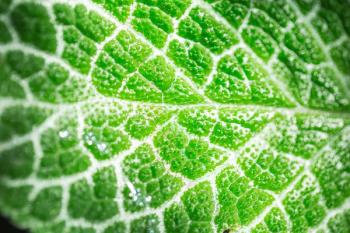
Measuring Plastics in Contemporary Artworks with FT-IR
A study that addresses the need for analytical tools for identifying, characterizing, and setting up adequate conservation strategies for museum collections that contain plastics was completed within the framework of two research projects dealing with the conservation of contemporary artworks.
A study that addresses the need for analytical tools for identifying, characterizing, and setting up adequate conservation strategies for museum collections that contain plastics was completed within the framework of two research projects dealing with the conservation of contemporary artworks. The first, the Seventh Framework Project of the European Union, Preservation of Plastic ARTefacts in Museum Collections (POPART) spans the years 2008–2012. The second, covering Italian contemporary art in Tuscany (Conservazione Preventiva dell’Arte Contemporanea [COPAC]), spans 2011–2013.
In this study, a collection of polymeric samples was analyzed to create a reference spectral archive. All the spectra were recorded using three Fourier-transform infrared (FT-IR) configurations: transmission (Trans), attenuated total reflection (ATR), and total reflection (TR).
At present, using synthetic polymers is ubiquitous among artists, and plastics are considered to be a class of artistic materials. In addition to artistic production, the appearance of plastics in museums and galleries is also related to design, ethnographic collections, and technical collections, as well as film archives. Consequently, a notable percentage of artworks and valuable objects consisting of synthetic and semi-synthetic polymers are kept in museums, and these are classified as items to be preserved for future generations.
The problem of the conservation of plastics in art collections had been disregarded until recently because, for a long time and due to widespread misconception, plastics have been considered imperishable materials. The need to adopt systematic strategies for the conservation of plastic objects, in a way analogous to other, more traditional materials in collections, has been completely recognized only in recent decades.
The study investigated the quality and reliability of FT-IR spectra acquired noninvasively using total reflection mode and portable FT-IR spectrometers. The total reflection spectra were then compared with those acquired using the transmission and ATR modes, and the results were classified into categories based on their agreement level.
The results obtained reveal that, in the majority of cases, the total reflection mode may be used advantageously in situ to obtain a noninvasive identification of constituent polymers in plastic objects, especially for large-scale and preliminary surveys of plastic artworks.
Newsletter
Get essential updates on the latest spectroscopy technologies, regulatory standards, and best practices—subscribe today to Spectroscopy.





